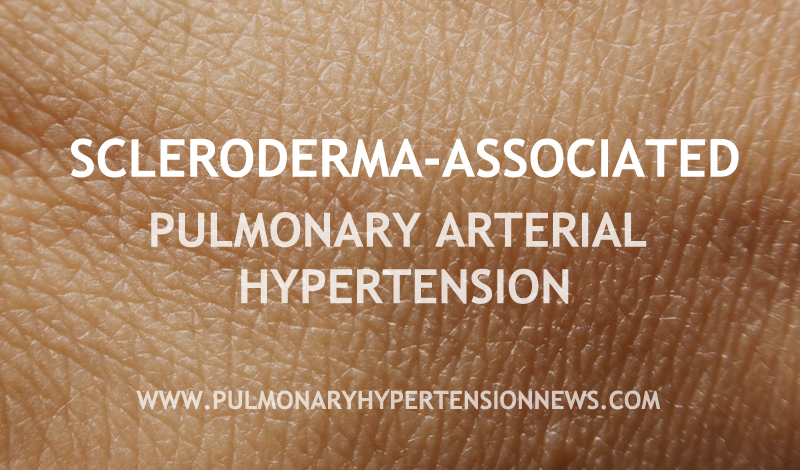Scleroderma-Associated PAH

Pulmonary hypertension (PH), also referred to as pulmonary arterial hypertension (PAH), refers to an increase in blood pressure in the lung vasculature. The narrowing of pulmonary arteries increases vasoconstriction and vascular resistance which result in increased pressure on the right side of the heart in order to pump blood into the lungs efficiently, to provide the required oxygen supply. If left untreated, it can lead to failure of the right side of the heart.
PAH and Scleroderma:
PAH is a late complication of scleroderma (SSc) in 8-10% of cases. People with cutaneous scleroderma are at greater risk of developing PAH than those with diffused cutaneous scleroderma. It so happens that the endothelial cells in the inner lining of the blood vessels are injured and the connective tissue is laid down inside the walls of these blood vessels. These tissues outgrow and constrict the walls of pulmonary vasculature which outgrow and constrict blood-flow. Microangiopathy with sclerosis is the key to PAH in scleroderma. Patients with hepatic scleroderma have scarred lung tissue which reduces blood flow and consequently the oxygen levels which increase pressure in the pulmonary arteries as a reflex.
The time taken for the development of PAH in SSc patients varies between 5 to 10 years after the first onset of SSc symptoms. It is also worth noting that people who develop SSc at a later stage are affected with a more severe onset of PAH.







